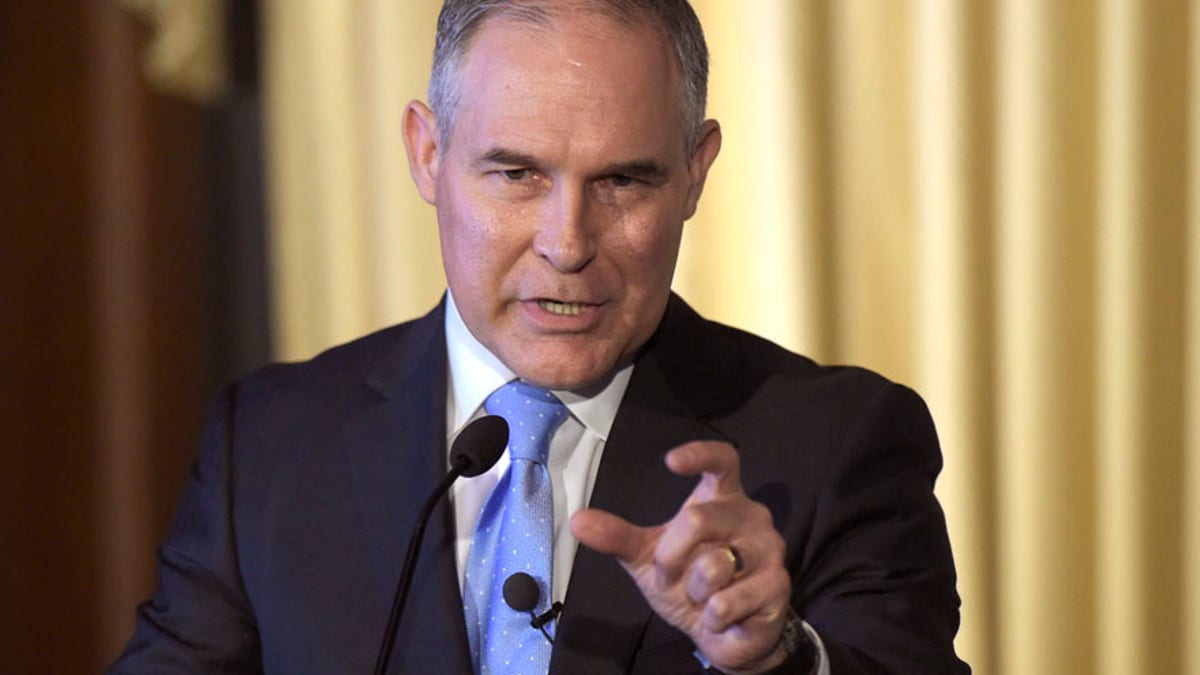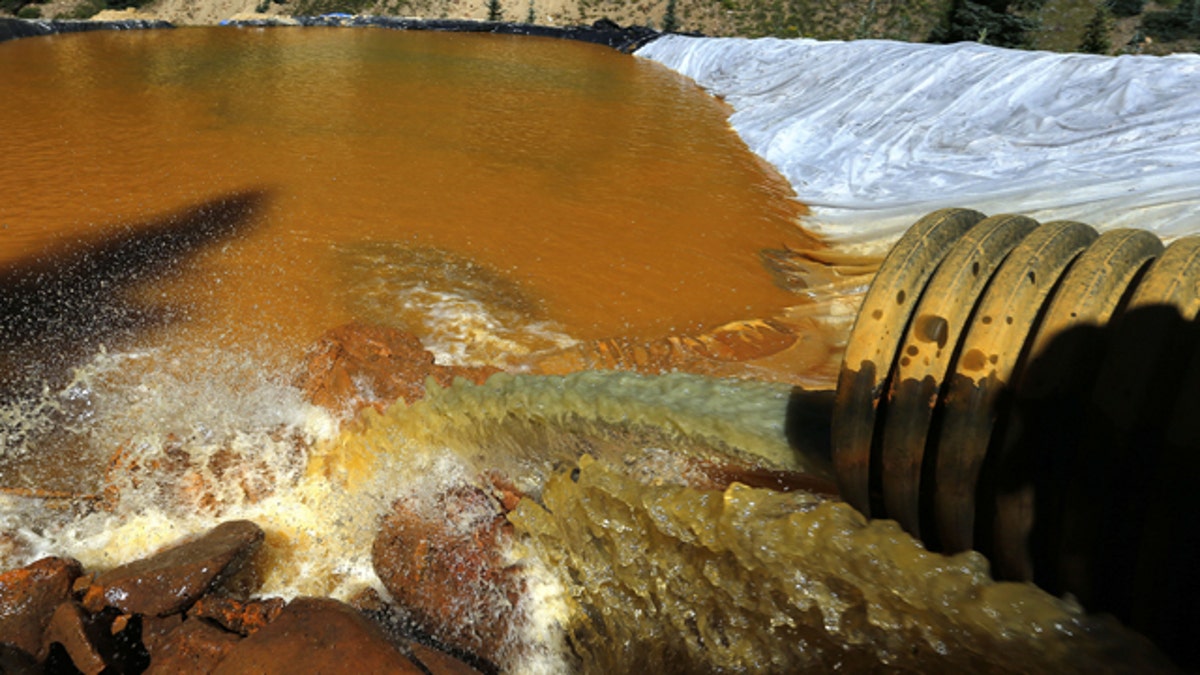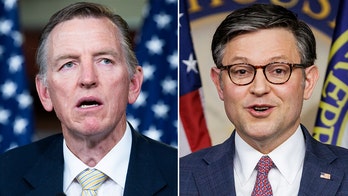
In this Feb. 21, 2017, file photo, Environmental Protection Agency (EPA) Administrator Scott Pruitt speaks to employees of the EPA in Washington. (AP Photo/Susan Walsh)
WASHINGTON – Clean them up and clean them up fast.
That’s the gist of a report handed to Environmental Protection Agency Administrator Scott Pruitt by the task force he deployed back in May to find a solution to the hundreds of languishing Superfund sites across the country.
Of the 42 recommendations the task force sent to Pruitt, many fell in line with Pruitt's “back to basics” agenda at the agency that has pushed the cleanup of Superfund and other environmentally damaged sites to the forefront, while backing off efforts to tackle climate change.
Superfund sites were first established by Congress in 1980, in part as a response to large-scale environmental pollution disasters like the Love Canal in Niagara Falls, N.Y., and the Valley of the Drums toxic waste site near Louisville, Kent. Since then the number of sites designated by the federal government has ballooned to more than 1,300 despite Congress allocating about $1.26 billion of general revenue to the program each year from 2000 to 2015.
According to a study conducted by the Center for Health, Environment and Justice, the number of Superfund cleanups completed each year has decreased from 88 in 1997 to just eight in 2014.
The task force recommended that Pruitt make a top 10 list of sites that he deems as taking “far too long to remediate.” Two sites that Pruitt has already zeroed in on are the West Lake nuclear waste dump in Missouri and the USS Lead site in East Chicago, Ind.

FILE - In this Aug. 14, 2015 file photo, water flows through a series of sediment retention ponds built to reduce heavy metal and chemical contaminants from the Gold King Mine wastewater accident, in the spillway about 1/4 mile downstream from the mine, outside Silverton, Colo. (AP Photo/Brennan Linsley, file) (AP)
“The past administration honestly just didn’t pay attention to [it],” Pruitt stressed on a local radio show in April. “We’re going to get things done at West Lake. The days of talking are over.”
While the task force recommendations echo Pruitt’s call to speed the cleanup process at these sites and to prioritize sites that have remedies already in place, there are concerns from some about how the EPA will back up its commitment to the more than 1,300 sites across the country in a time when many in Washington are calling for slashed federal spending.
One White House budget proposal that the agency sought aims to reduce EPA funding by more than 31 percent, which would not only eliminate several regional programs and nearly halve categorical grants, but also slash funding to the Superfund program. The House Appropriations Committee, however, approved last week a spending bill that would begin the process of cutting the EPA budget, but also keep intact vital environmental programs. While the bill cuts the EPA's budget by $528 million for fiscal 2018, it is still far less than Trump had proposed.
Both Pruitt and the task force say that the federal budget hasn’t kept Superfund sites from getting cleaned up and that much of the funding for the site cleanups will come from those responsible for the pollution in the first place.
The “EPA will provide increased inducements and deterrents to encourage [potentially responsible parties] to quickly complete negotiations and cleanup commitments.
Pruitt, in an interview with Fox News, was more direct -- saying he will take the same approach against the companies responsible for the environmental damage that he took toward the agency when he was Oklahoma attorney general: He’ll take them to court.
“You go to them and say, ‘Look, this is what the remediation is, here’s the timeline. You’re responsible for paying for it and you’re going to pay for it,’” Pruitt said. “If they say 'no,' you’re going to enforce it.”




